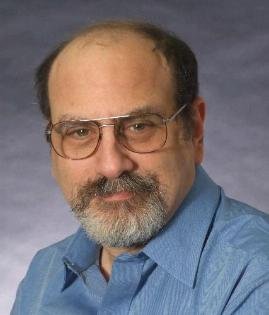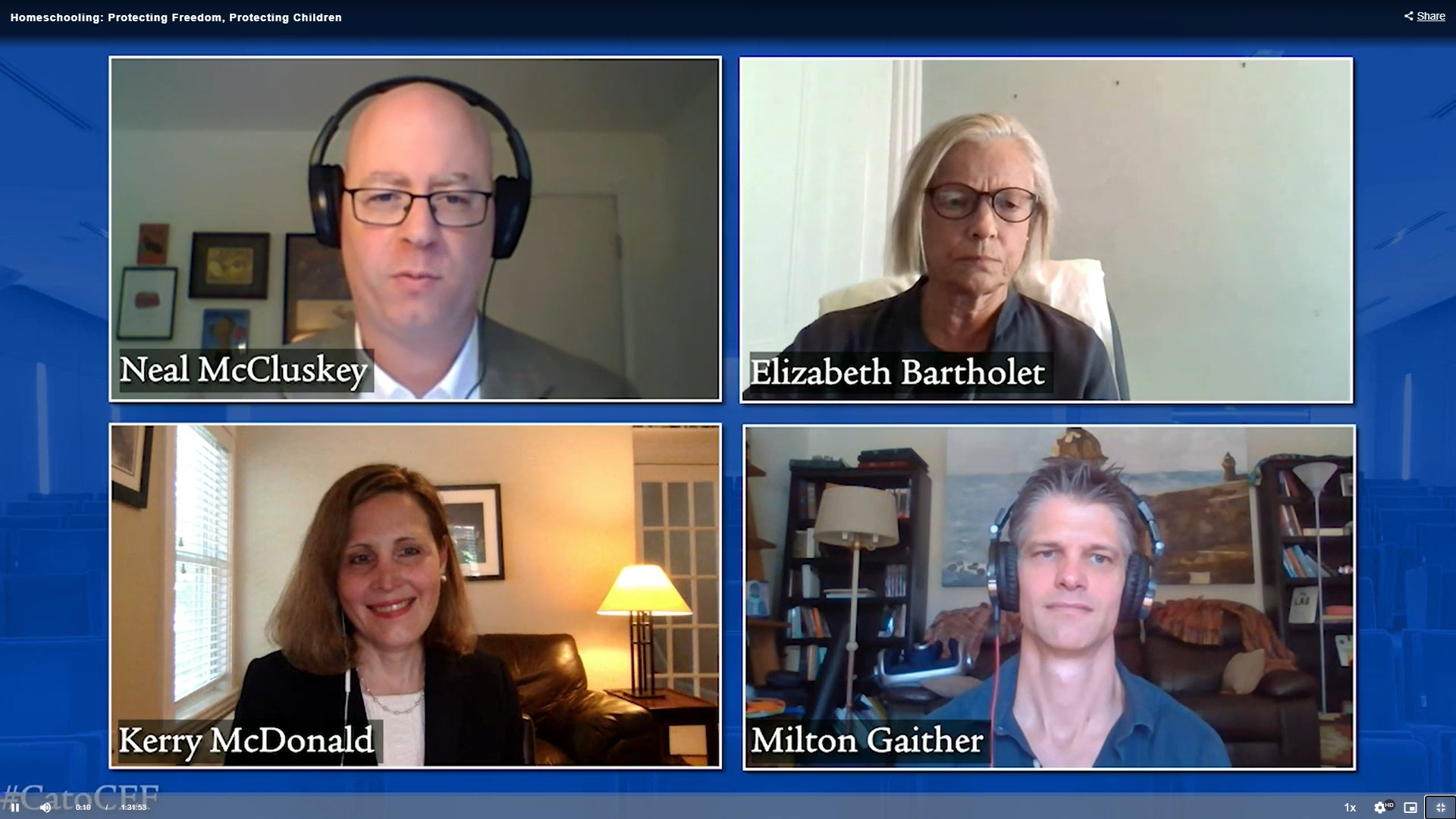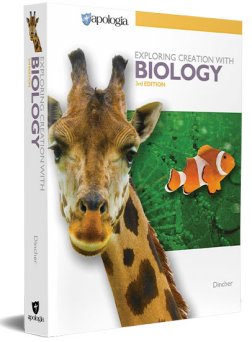
I Assumed Science Had All the Answers. Then I Started Asking Inconvenient Questions.
Essentially, Dr. Garte was raised a communist and an atheist. As a result, he relied on science to provide answers to all his questions. However, as he got older, he started asking questions to which science has no real answers. He then met some scientifically-minded Christians who led him to church. That led him to read the Bible, which he says he knew was false, even though he had never read it. Not surprisingly, he was surprised by what he read. Eventually, an Evangelical preacher on the radio led him to his Savior.
Because I am a scientist, I know a lot of people who think like Dr. Garte once did. Some of them believe science has all the answers because they were indoctrinated to believe it and simply won’t consider how absurd such an idea is. Others believe it because science has produced a lot of wonders that make our lives healthier, easier, and more enjoyable. Others believe it simply because they think it’s “cool” to say inane things like, “I believe in science.” I have many Facebook “friends” who fall into that last category. However, like Dr. Garte, anyone who understands science and thinks deeply about it will end up agreeing with Dr. Erwin Schrödinger, the man who gave us our modern view of the atom:1
…the scientific picture of the real world around me is very deficient. It gives a lot of factual information, puts all our experience in a magnificently consistent order, but is ghastly silent about all that is really near to our heart, that really matters to us. It cannot tell us a word about red and blue, bitter and sweet, physical pain and physical delight; it knows nothing of beautiful and ugly, good or bad, God and eternity. Science sometimes pretends to answer questions in these domains, but the answers are very often so silly that we are not inclined to take them seriously.
Obviously, Dr. Garte came to agree with Dr. Schrödinger, and he has now turned to the Source of real Truth, which is wonderful!
Dr. Garte has a blog that discusses science from a theological and philosophical point of view. Based on what I have read, there are a lot of things about which we disagree. However, I applaud what he is doing, and I agree 100% with how he summarized what he has learned since becoming a Christian:
I learned about the power of the Bible as a guide from God to the central questions of our existence. I learned that the true purpose of science is to describe how things are, not to engage in misplaced speculation about why the world is the way it is. I learned that modern atheist taunts about the purposelessness and meaninglessness of the universe and our own existence are not only false but destructive. Most importantly, I learned that nothing I have learned came through my own merit, but only from the grace of our Lord, whose love and mercy are beyond understanding.
REFERENCE
1. Erwin Schrödinger, Nature and the Greeks and Science and Humanism (Cambridge University Press, 2014) p. 95.
Return to Text






